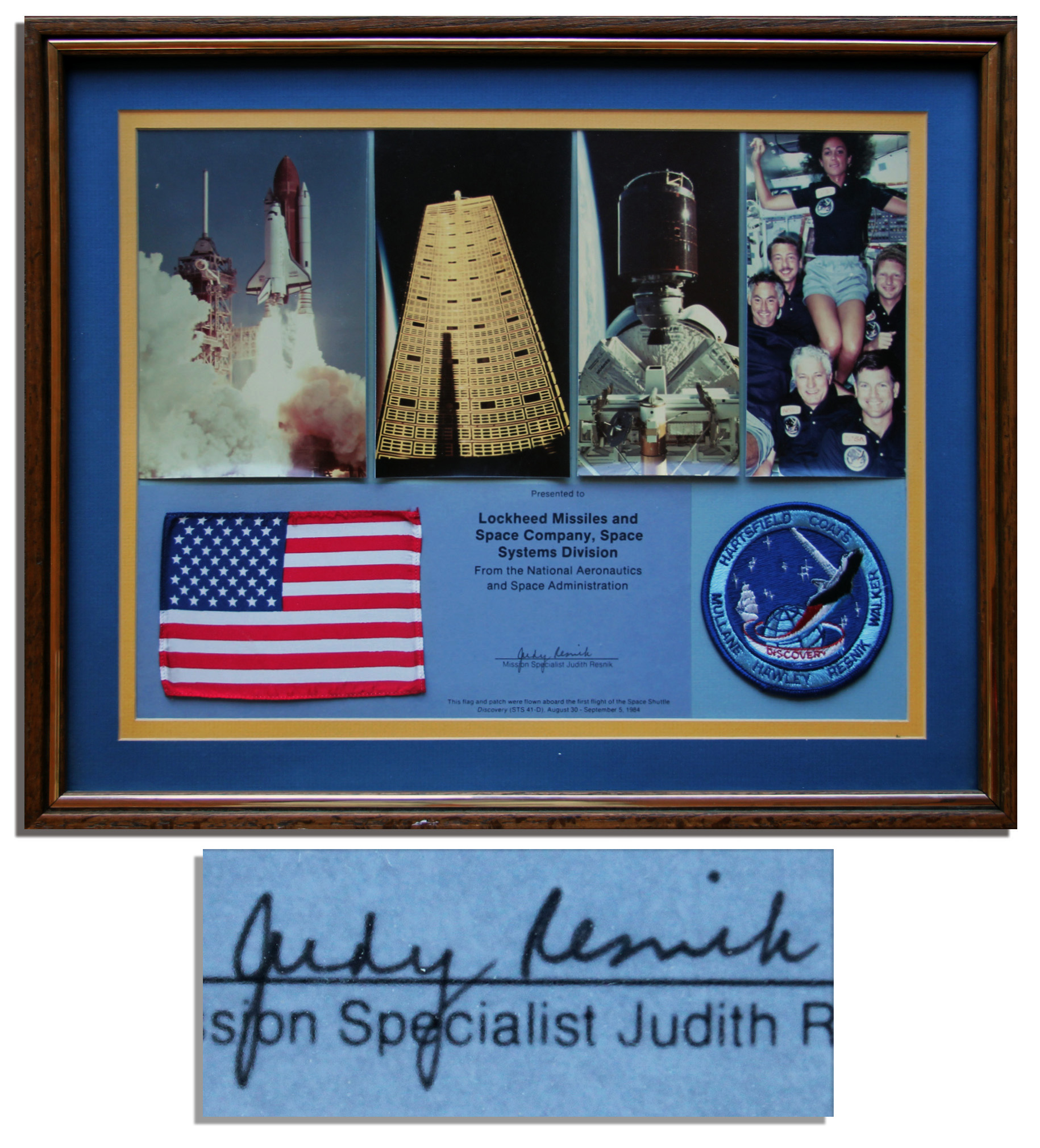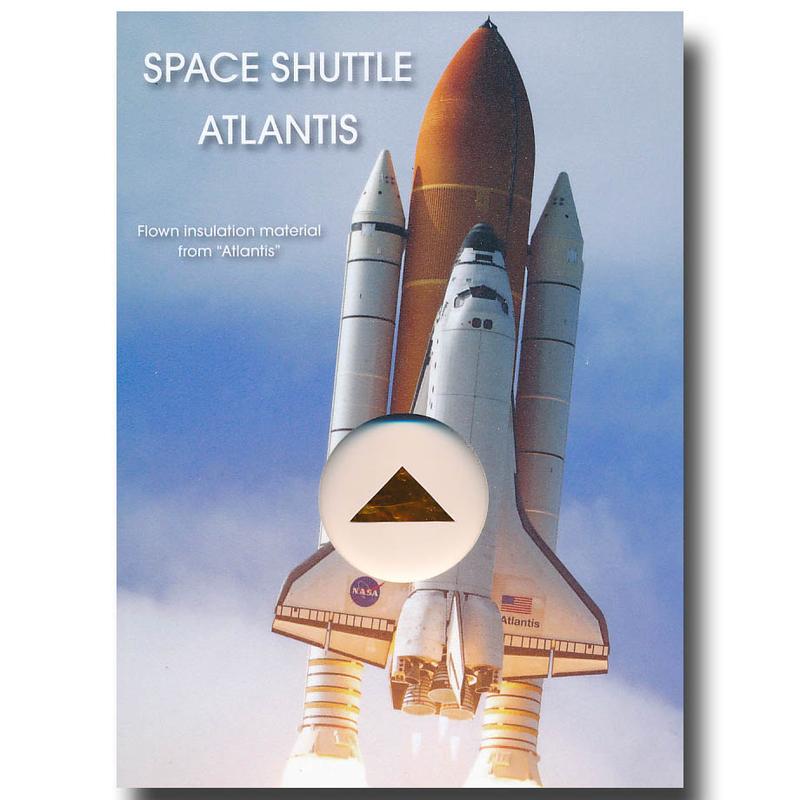


(Image credit: NASA)Īs part of an educational and public outreach mission, NASA teamed up with Disney to launch an action figure of the beloved character Buzz Lightyear, from Disney-Pixar's film "Toy Story," into space. The Mets placed the flown plate on display in Citi Field, which opened its doors in the spring of 2009.īuzz Lightyear floats aboard the International Space Station during his 468 day mission. Shea Stadium in Queens's Flushing neighborhood was demolished after serving as the home of the Mets from 1964 until 2008. After journeying into space, the plate was returned to Earth, and Massimino was invited to throw out the ceremonial first pitch at a baseball game upon his return. "Rather than leave it 'home,' Massimino was able to trim off the plate’s black-colored border using a razor, flying just the 'white part.' The two parts were reunited once the plate was back on the ground."Īstronaut Mike Massimino, a New Yorker and devoted Mets fan, brought the plate with him and his six crewmates on their mission to overhaul the aging Hubble Space Telescope. "The only problem was the plate wouldn't fit as is into the shuttle's locker designated for memorabilia," said Pearlman. On May 11, 2009, the home plate from Shea Stadium launched into orbit on the space shuttle Atlantis' STS-125 mission- the last trip to the Hubble Space Telescope. In 2009, as the New York Mets organization prepared to move its baseball team into the new Citi Field in Queens, N.Y., a piece of hardware from the team's old home, Shea Stadium, made a special trip into space. Massimino brought the plate aboard the Space Shuttle Atlantis for the trip to Hubble. The device, however, did not work as expected on orbit.Īstronauts Mike Massimino (right) and Mike Good, STS-125 mission specialists, with home plate from New York City's Shea Stadium during a break from their training in the JSC Neutral Buoyancy Lab. This version held Coke, Diet Coke and Powerade, an energy drink. The beverages were dispensed into sealed drinking cups and the liquid was chilled on the spot using cooling coils attached to the storage container.Ī second-generation dispenser was also flown on Endeavour's STS-77 mission in 1996.


The dispenser flew during the space shuttle Discovery's STS-63 mission in 1995. Ĭoca-Cola later flew a dispenser specially designed for microgravity to give astronauts the opportunity to enjoy Coke and Diet Coke in space. The cans, which were officially dubbed the Carbonated Beverage Dispenser Evaluation payload, were part of an experiment by the two soft drink giants to test packaging and methods of dispensing the liquids in a microgravity environment.Īt the end of Challenger's mission, however, the astronaut crewmembers deemed the experiment a failure due to the lack of refrigeration and insufficient protection from microgravity effects. learned Coca-Cola was aboard, they approached NASA to fly as well, and quickly devised their own shaving cream can-inspired design," said Pearlman. "In addition to their desire to offer carbonated beverages for astronauts, Coca-Cola was also observing the effects of spaceflight on changes in taste perception with the goal of understanding altered tastes among target populations on Earth, such as the elderly." "Originally, only Coca-Cola was scheduled to fly," said Robert Pearlman, editor of, a website that tracks space-flown artifacts, and a contributor. The trip added more fuel to the so-called "Cola Wars" between the Coca-Cola Company and Pepsi, Co. In 1985, special modified cans of Coca-Cola and Pepsi soda rode aboard the space shuttle Challenger on its STS-51F mission.


 0 kommentar(er)
0 kommentar(er)
